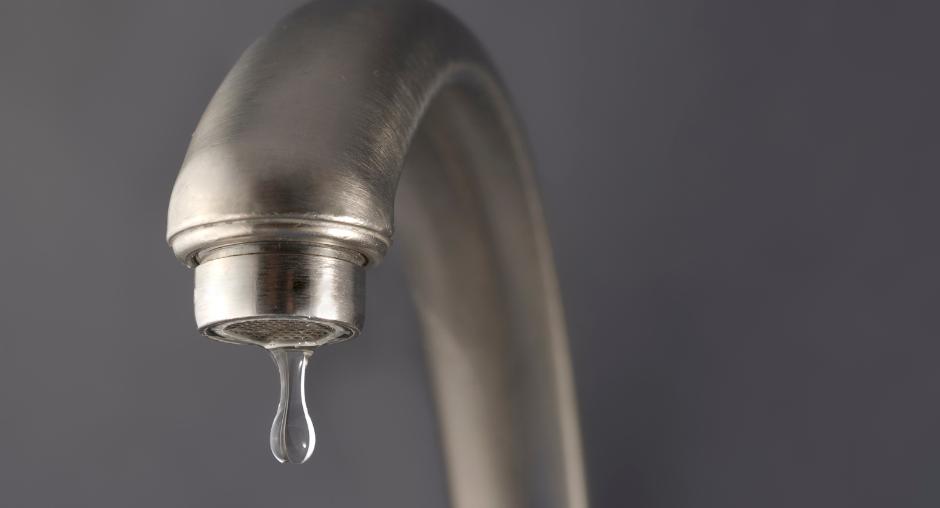
1 minute read
River Forest Sustainability
Greener Cities, Greener Suburbs
Green infrastructure is a form of city planning and architecture that applies sustainable solutions to developments, by building along with nature rather than against it. As Chicago and most major American cities are becoming more environmentally conscious, green infrastructure is being subtly implemented into public spaces - giving smaller communities such as River Forest both inspiration and resources to become greener. Rain gardens, green roofs, rainwater harvesting gutters, vertical farming, dense produce greenhouses, and rain barrels are becoming common in use. There are small ways with big outcomes that residents can begin to implement through green infrastructure in individual homes. The Village makes it accessible for residents to purchase a rain barrel for independent use which makes it possible to harvest rainwater to water both indoor and outdoor plants, rather than using city water. According to the EPA, a rainwater harvesting barrel can save 1,300 gallons of water per year, per household. An additional way to incorporate green infrastructure in a suburban home is by swapping out a concrete driveway for a permeable paving driveway. This type of infrastructure has pores within the concrete, or is a collection of semi-spaced out bricks, that allow rainwater to seep underground rather than sitting on top of the concrete. Permeable paving lasts longer than traditional concrete because it is resistant to any sort of water damage. Rain barrels and permeable paving are just a couple of ways to incorporate green infrastructure into your own home.
Frozen Pipes (Exterior): Many homeowners don’t realize that hose bibs are susceptible to freezing as they can hold water at a location that is exposed to sub-freezing temperatures. Freezing water in a hose bib can rupture piping and lead to excessive water leaks inside or outside the home. The best way to prevent this is to disconnect and store hoses for the winter, close off and drain hose bib lines if possible. There are also products available to insulate a hose bib if the line cannot be drained.
Frozen Pipes (Interior): If your interior pipes and/or faucets are located on an exterior wall that is not properly insulated, they could be at risk of freezing during extended periods of extreme cold. Oftentimes, opening cabinets (e.g. under a sink) can allow more heat into the area and prevent freezing. Allowing faucets to “slow drip” can also prevent freezing, though this should only be exercised during extreme events to minimize excessive water usage.
Green infrastructure is one of the many creative ways that people are battling the climate crisis, and the Village has made it possible for River Forest residents to participate in these solutions.







